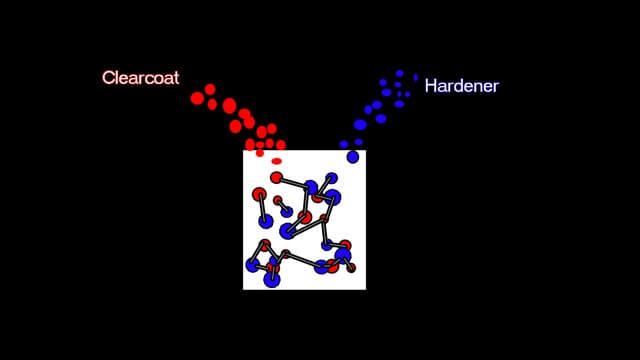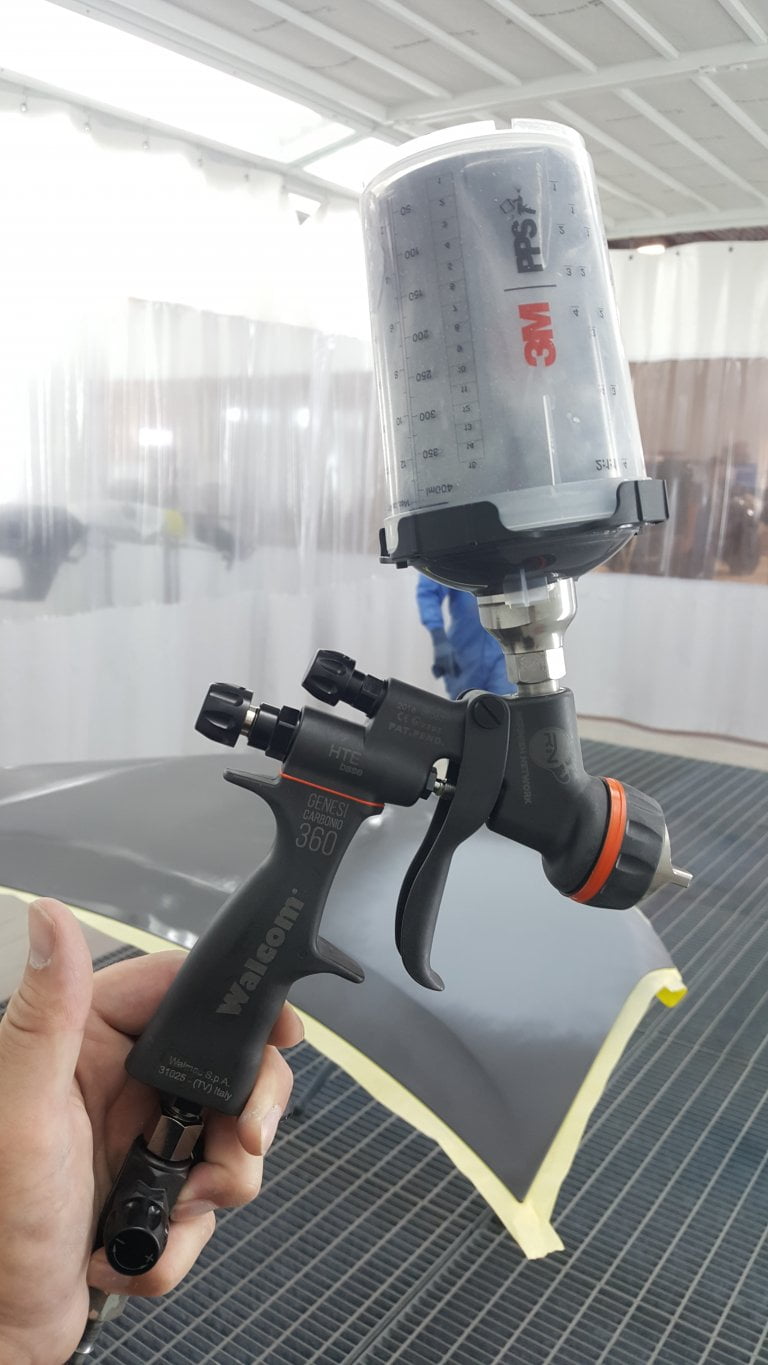How to Tint Color
Tinting Color is always my least favorite option when trying to match a color but sometimes it is completely unavoidable.
When a variant is not on the same page as your car an adjustment is required, here we are dealing only with solid colors here.
So its a good thing to first know your primary colors, so First off they are:
Red, Orange, Yellow, Green, Blue, Indigo & Violet
These are the colors visible to the human eyes and just like sound, they are measured in wavelengths between 400 – 700 nanometers. This is what colors would be graphed around outside in normal daylight

Now some of the challenges with tinting is because of the environment you are tinting in, looking at this graph below you will notice that an incandescent bulb highlights the reds and oranges so colors you are viewing will not look the same as outside, they will be more red.

And if you were to look at a daylight fluorescent tube, you would find blue to be the more dominant color

So with this in mind, try and check your colors beforehand and tint outside when possible. A 3M sungun can help when your inside because it operates using light most similar to daylight but its much easier just being outside. Your first color adjustment should be the Value or lightness/darkness. While blacks and whites will typically adjust your color for this dimension, that’s not always the case. If you need to tint the value, use this chart as a guideline.

The next adjustment you should be making is with the hue , which refers to the color. Now if you look at variant lists it most often lists a color variant to be redder, yellower, bluer or greener. This is in reference to the color cast, it is the secondary color or undertone. You need to look at your color and decide one of two ways it can go. Ex. if you have a green car that looks off, ask does it need to be more blue or yellow and add that tint to bring it closer.

The last dimensions of color that you should be focusing on is the Chroma. The Chroma is best described as the grey level in the paint, but it may help understanding it by how rich or saturated the color is. Again with Automotive paint systems, variants are often described as cleaner or dirtier when dealing with Chroma. When adjusting Chroma, to make a color dirtier you can add either black, (sometimes white) or grey. To make a color cleaner you will want to add the dominant color of the formula. Adjusting Chroma can also have an effect on Value, so an adjustment here may require you to repeat the process.

This information is somewhat relevant to working with metallic paints, however metallic paint has a few things specific to it that will be covered in another article. One last thing to keep in mind when tinting color is to do it slowly, sometimes a small drop can take your color a lot further then you think and cause you some problems. Happy Tinting!







